Guest post written by: David Korsunsky
I had the good fortune of meeting Robb Wolf for the first time at the Ketogains Conference, which took place recently in Las Vegas, Nevada on October 8-9, 2016. We started waxing philosophical about the different approaches to healthcare. In particular, we were discussing the differences between the approaches of conventional medicine and those used by ancestral health.
Our discussion brought us to the analogy of two computer operating systems fighting it out in the market for the mindshare of consumers. In one corner we have the incumbent, Microsoft Windows, an OS that has dominated the desktop market for the last couple of decades.
In the other corner we have the challenger, Apple’s Mac OS, an elegant alternative that has been winning the hearts and minds of users all over the world. But under the covers, Mac OS is just a modern user interface on top of the UNIX operating system, which has been around since the dawn of computers – long before Microsoft even existed.
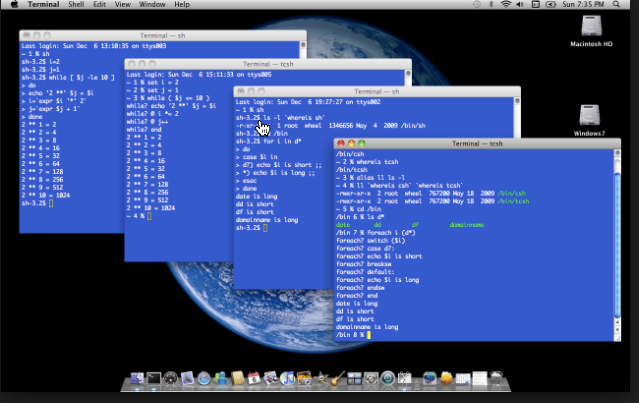 Mac OS: A sexy user interface on top of the ancient UNIX operating system
Mac OS: A sexy user interface on top of the ancient UNIX operating system
In healthcare we can make a similar comparison. We have a three trillion dollar conventional health system that’s been the status quo for many decades. It uses the latest science and technology to tackle some of healthcare’s biggest challenges.
 Conventional systems developing the latest medical technology
Conventional systems developing the latest medical technology
We also have alternative approaches based on ancestral health. These approaches are resurrecting millennia old principles (e.g. mindfulness meditation) and leveraging features of our own evolution to evoke natural strategies for healing (e.g paleo and ketogenic diets). “Ancestral health” is simply a new way to describe ancient biotechnology that’s been around since the dawn of mankind – long before the techniques conventional medicine ever existed.
Patients in the Middle
Many of us find ourselves somewhere in the middle. We prefer the ancestral approaches as a first line of defense to manage our health through natural and non-pharmaceutical means.
And yet we still leverage the conventional systems for acute care, medical emergencies, advanced diagnostic testing and perhaps the occasional prescription. Additionally, many of us rely on the conventional systems to run our lab tests and bill our health insurance providers.
We may also use a hybrid approach where we are working with practitioners from both conventional and ancestral disciplines to tackle our most challenging ailments. Many of my close friends and family have been in this exact situation and have seen very positive outcomes by combining the best of both disciplines.
Managing our Medical Records
The challenge for many of us becomes trying to effectively manage our health data as we navigate between these two models of care.
We may have valuable health history stored in the conventional systems. Unfortunately, these systems are highly fragmented. There is no easy way to extract our medical records and centrally manage this data on our own.
For example, in my own case, I have to login to three different patient portals (Stanford, UCSF and St. Mary’s) in the state of California just to try and cobble together my historical data from the conventional systems.
 Challenges with the conventional system – fragmented medical records
Challenges with the conventional system – fragmented medical records
And yet, as we move down the ancestral path, we need our data from the conventional systems more than ever. We need to somehow share this valuable clinical history with our ancestral health provider. For example, my Functional Medicine doctor is in Austin, Texas and I am in San Francisco, CA. We meet over Skype and use screen-sharing technology for our consultations.
The ancestral provider will likely be ordering their own specialized tests for their patients. Functional medicine tests like GI stool tests, adrenal stress tests, intestinal permeability tests and heavy metals testing. We need a way to centrally track and manage this information too.
As patients who want to be empowered to make the best decisions possible, how do we manage all of this information?
Heads Up Health – Technology Solution
Frustrated by the challenges of data management on my own health journey, I set out to build a better solution. My company, Heads Up Health, is building an electronic health records solution to address these challenges.
We are taking a very different approach from traditional electronic health records. We believe that all health data should be engineered around the patient. With that goal in mind, we’ve designed our software application around the following principles:
1. Show me all of my medical records in one place
Heads Up Health can electronically connect to over 3,000 conventional health systems across the country. If you’ve been to more than one facility, you can connect them all to Heads Up Health and the software will organize all the data for you automatically.
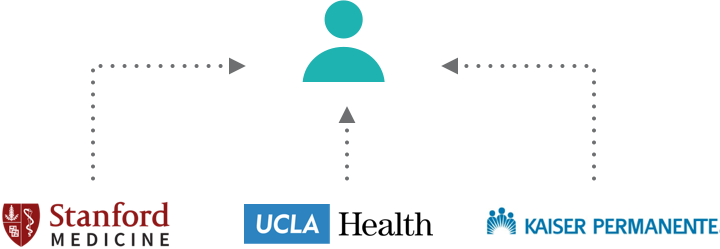 Electronically centralizing your medical records with Heads Up Health
Electronically centralizing your medical records with Heads Up Health
For records that are still on paper or PDF, you can enter that data manually or use our ‘Concierge Service’ to handle the data entry for you.
2. Integrate the data I am collecting at home
Being able to see how your day-to-day lifestyle choices (which we can now measure with digital health devices and apps) are correlated with your clinical data can be incredibly powerful.
Whether it’s a $20 bathroom scale, your ketone or blood sugar readings or the latest Apple Watch, we make it easy to integrate the data you are collecting at home with the data contained in your medical records.
3. Tell me how to improve my health
Now that I’ve got all this data in one place, how do I use it for better decision-making?
Intuitive dashboards, trends, alerts, insights and other powerful analytical tools will empower you to get the most out of your data and use this information to help guide you own your path to optimal health.
4. Share your health history with any provider you choose
Healthcare comes from more than just your conventional and/or ancestral doctors. It comes from your family members, your dentist, your optometrist, your personal trainer and your chiropractor, among others.
With Heads Up Health, you’re the hub of your data, so you can choose what you share and who you share it with in an easy and secure manner.
You. Empowered.
With a powerful health portfolio in hand, we aim to empower you take control of your health. You can leverage data to learn exactly what works for you own specific body and your own specific health outcomes. You have the freedom to consult with any health expert, any time, anywhere in the world and have your entire health history at your fingertips. You can leverage services from conventional or ancestral systems as needed, knowing you have an easy way to synchronize all of your health data. You can experience for yourself how the right data can be a powerful tool for health transformation.
Lastly, Heads Up Health software runs in the cloud. So regardless of whether you are Mac or a PC person, you can access your health data any time, from any device, anywhere in the world.
Our product is currently in beta and you can test it for yourself at https://www.headsuphealth.com. We would love your feedback!
Find us on:
FaceBook | Twitter | YouTube | LinkedIn |
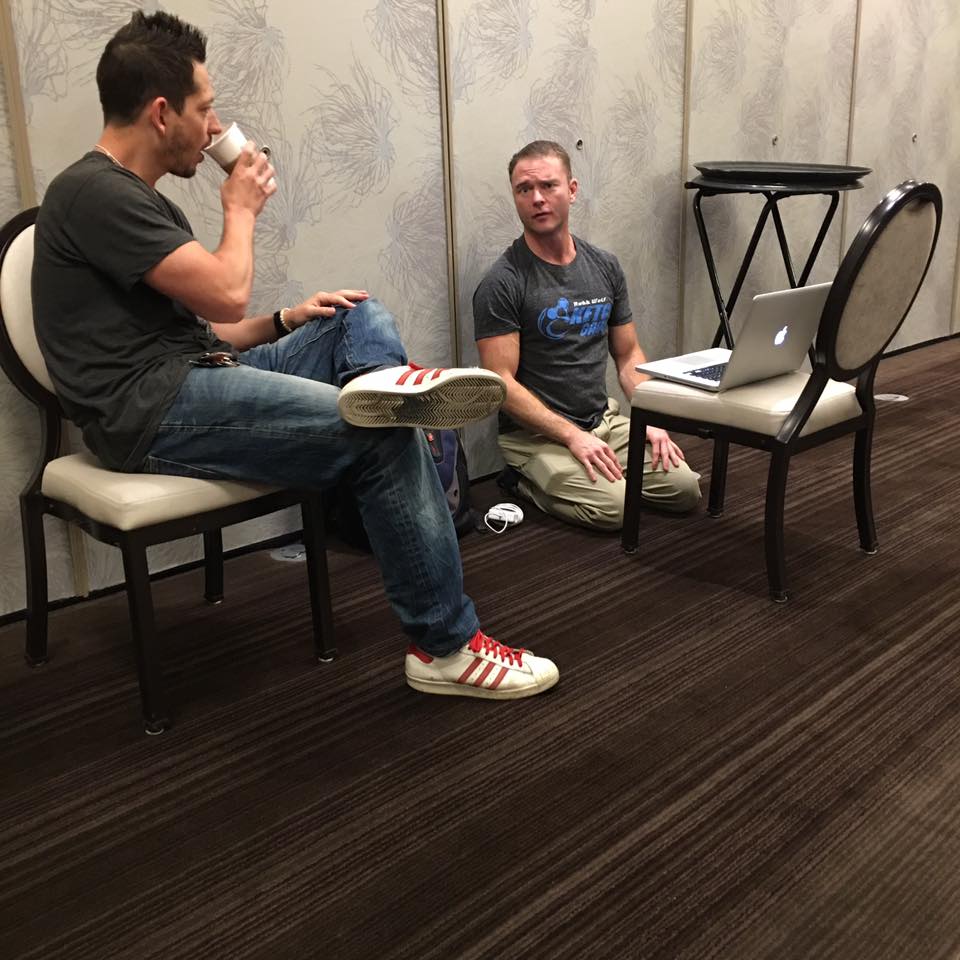

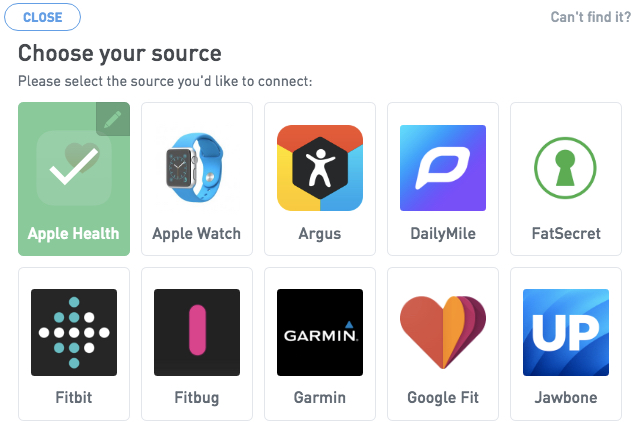
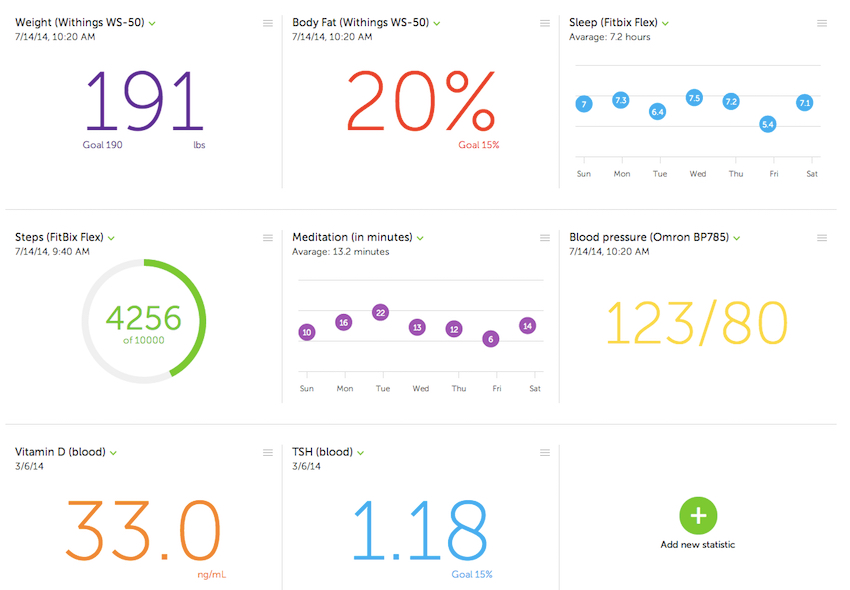
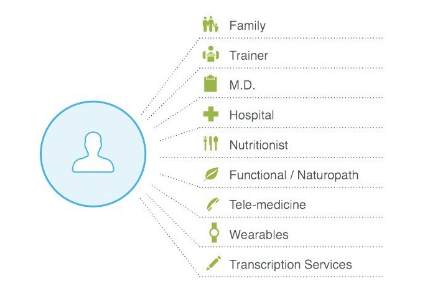

I like the idea of headsuphealth–kind of a Mint for health–so I signed up. My “doctor” is a clinic in rural Tennessee, so unlikely to be connected any time soon. But my health insurance is UnitedHealthcare, one of the largest medical insurance providers. I wonder if there’s anything to be gained by linking that with headsuphealth.
BTW, not a fan of the light-gray-text-on-white-background this text box is using. 🙂